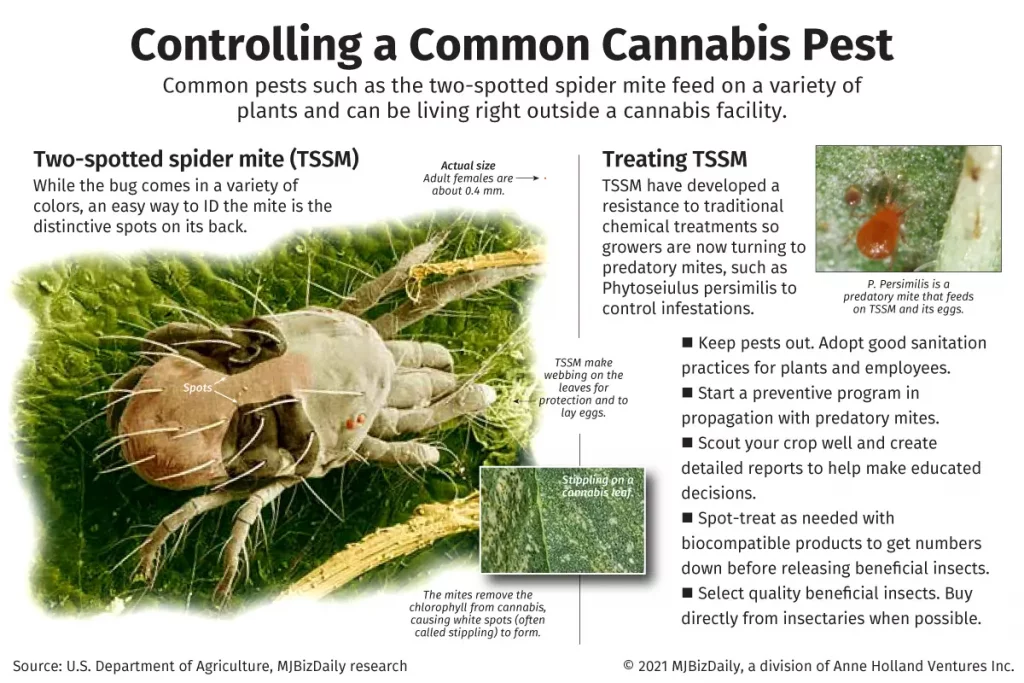Are you having trouble getting rid of bugs in your grow tent? If so, this article is for you! I’m here to provide you with some tips on how to keep your plants safe and healthy by getting rid of the bugs that have been plaguing your grow tent. We’ll go over the steps you need to take to identify the type of pest, the best methods for removing them, and how to prevent them from returning. By following these steps, you’ll be able to keep your plants safe and healthy and free from bugs. So let’s get started!
Types of Bugs Found in Grow Tents
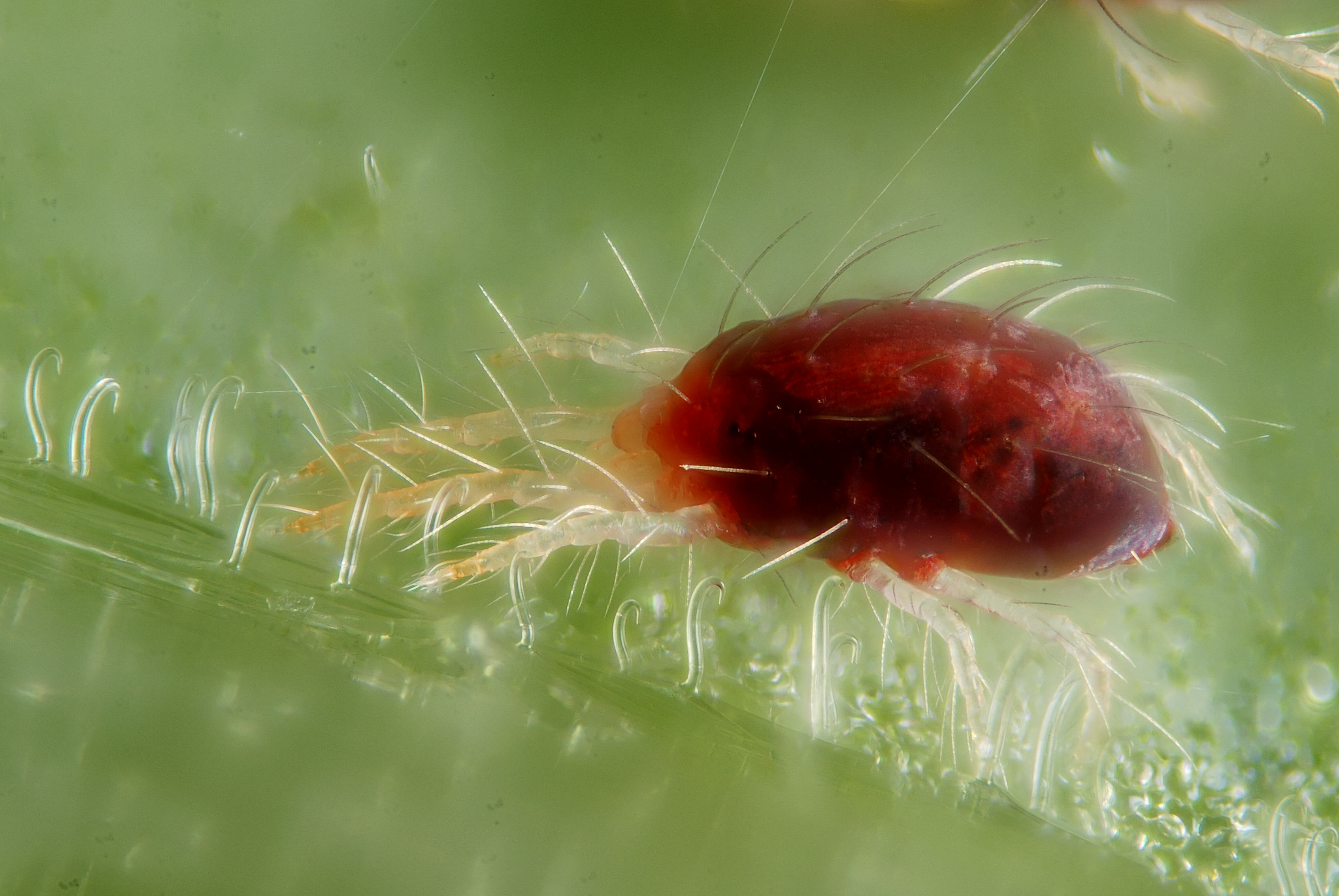
A grow tent can be a breeding ground for all kinds of pests. Knowing the type of bugs that are in the tent is the first step in getting rid of them. Some of the most common types of bugs found in grow tents are:
| Bug | Description |
|---|---|
| Fungus Gnats | Small, dark-colored flies that feed on fungus and other organic matter. |
| Aphids | Tiny, pear-shaped insects that feed on plant sap. |
| Mealybugs | White, cottony-looking insects that feed on plant sap. |
| Spider Mites | Tiny, eight-legged arachnids that feed on plant sap. |
| Whiteflies | Small, white, moth-like insects that feed on plant sap. |
| Thrips | Tiny, slender insects that feed on plant sap. |
These bugs can cause damage to plants and make them more vulnerable to diseases. It’s important to identify the type of bug before attempting to get rid of them. Different types of bugs have different methods of removal.
Signs of an Infestation
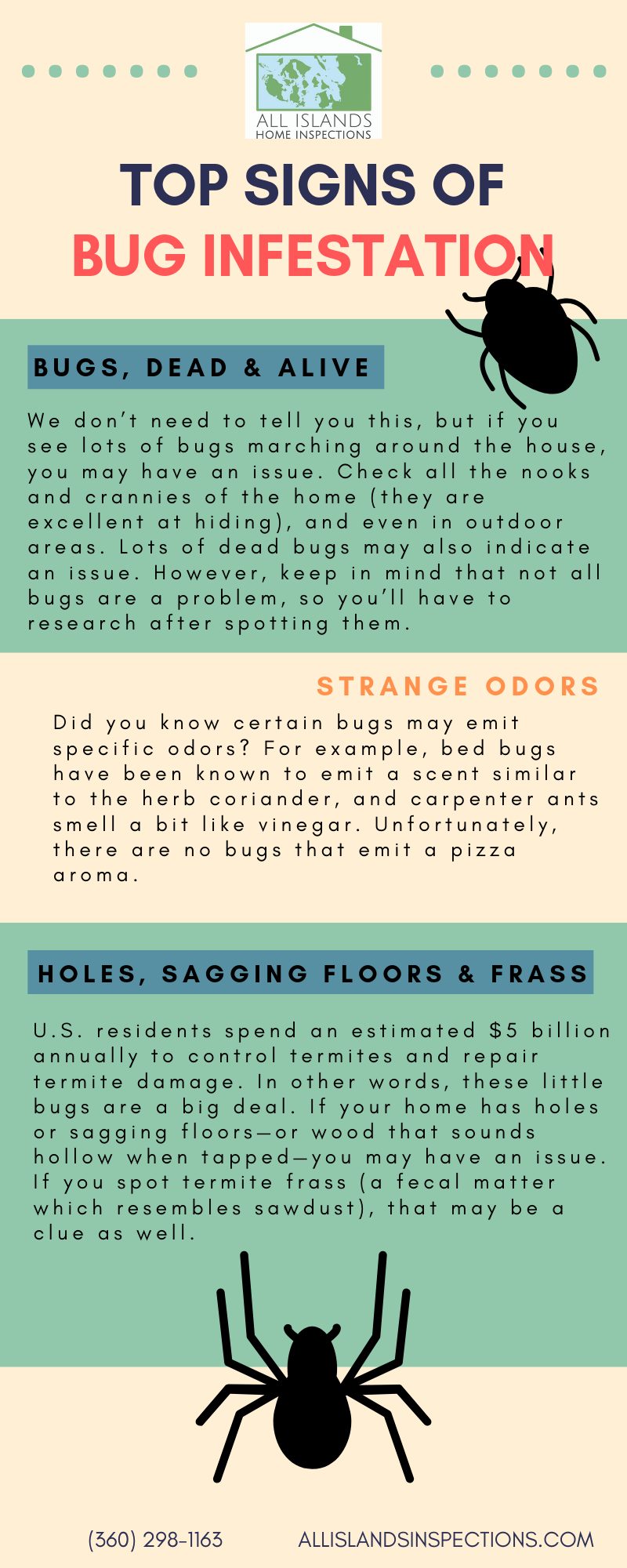
- Unusual activity in the grow tent, such as bugs flying around or crawling on plants.
- The presence of webs or egg sacks in the grow tent.
- Small holes or chewed areas in the leaves of plants.
- The presence of mold or fungus on the plants.
- Brown spots or discoloration on the leaves.
- Wilting of the plants or stunted growth.
If you notice any of the above signs, then it is likely that you have a bug infestation in your grow tent.
Prevention Tips
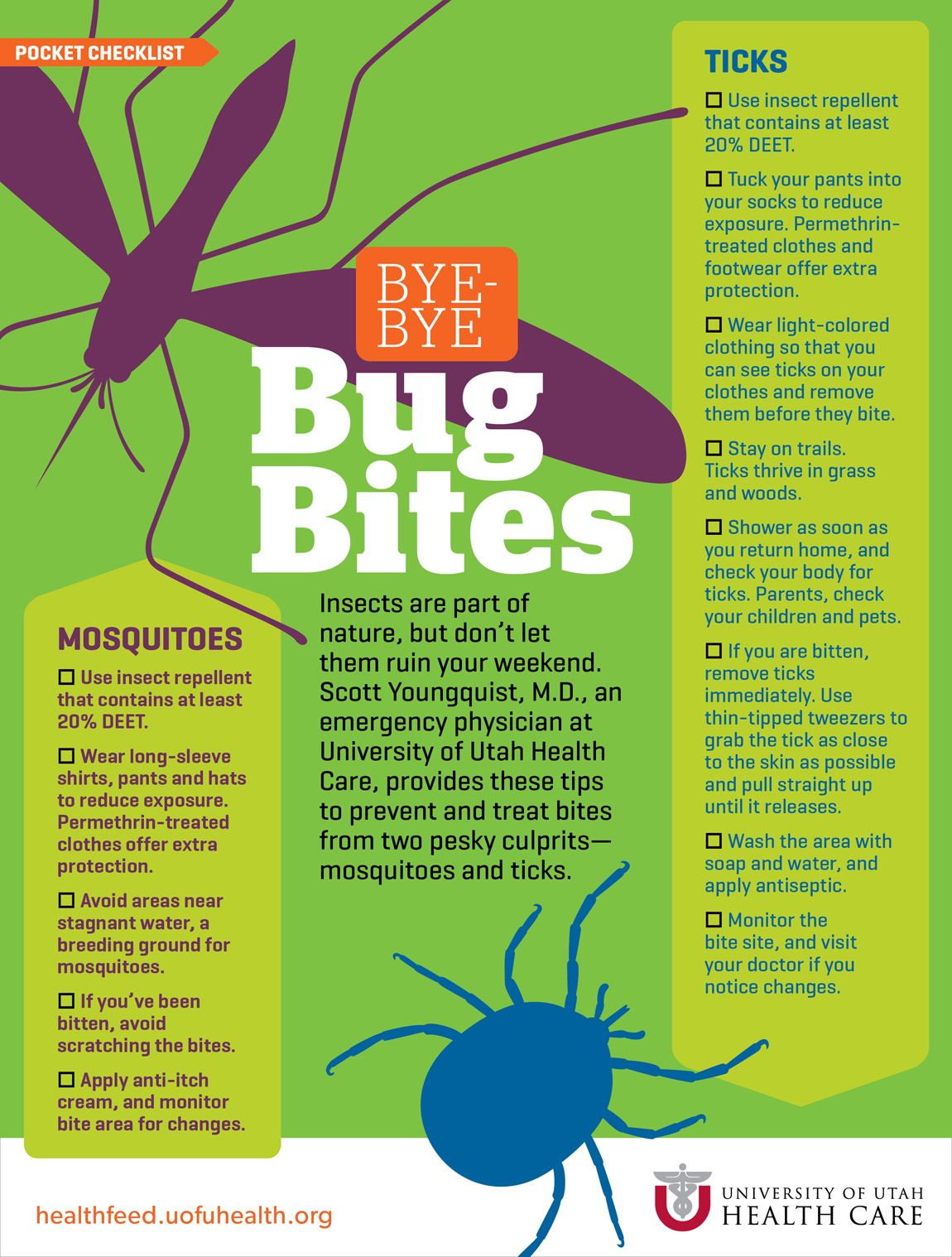
Clean the tent regularly. Dust, dirt, and debris can attract bugs, so it’s important to keep your tent as clean as possible. Vacuum the walls, floor, and furniture thoroughly, and be sure to get rid of any excess dirt and debris.
Check for any cracks or gaps in the tent walls. These can be entry points for bugs, so make sure to seal them up with some caulking.
Inspect any plants and check for any signs of bugs. If you find any, remove them immediately and spray the plants with an insecticidal spray.
Try to keep the humidity in your grow tent as low as possible. High humidity levels can attract bugs, so try to keep the humidity at a low level.
Be sure to check your grow tent for bugs on a regular basis. Look for any signs of an infestation and take appropriate action if necessary.
Natural Solutions
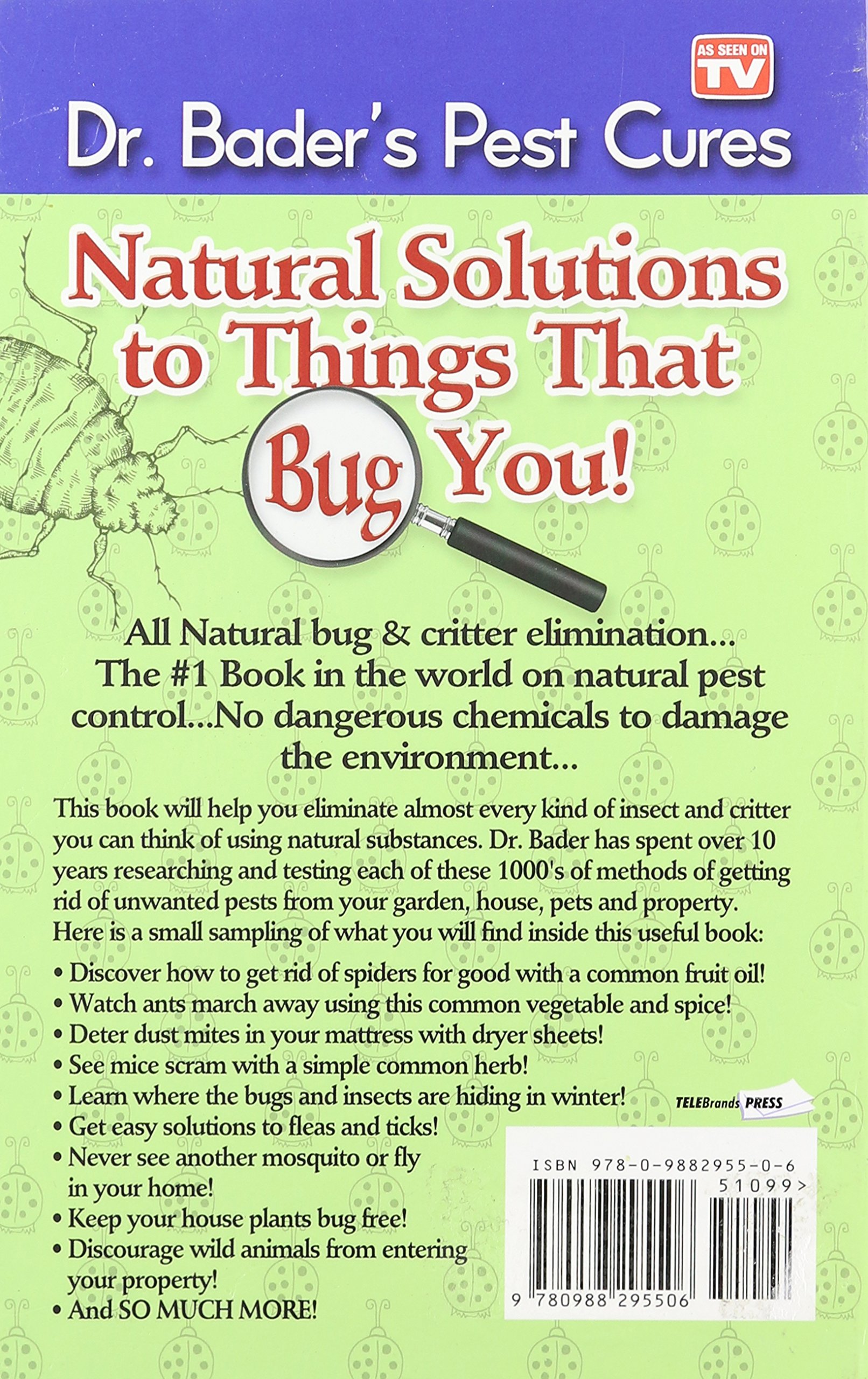
- Check for signs of pests in the tent such as whiteflies, aphids, spiders, and caterpillars.
- Remove any visible pests manually with tweezers.
- Treat the entire area with a natural insecticide such as neem oil or a garlic-based spray.
- Use sticky traps to catch flying insects.
- Introduce natural predators such as ladybugs, lacewings, and predatory mites to the area.
- Sprinkle diatomaceous earth around the grow tent or in the soil to kill bugs.
- Create a barrier around the tent with diatomaceous earth or other natural substances.
- Clean and vacuum the tent regularly to remove eggs, larvae, and other debris.
Chemical Solutions
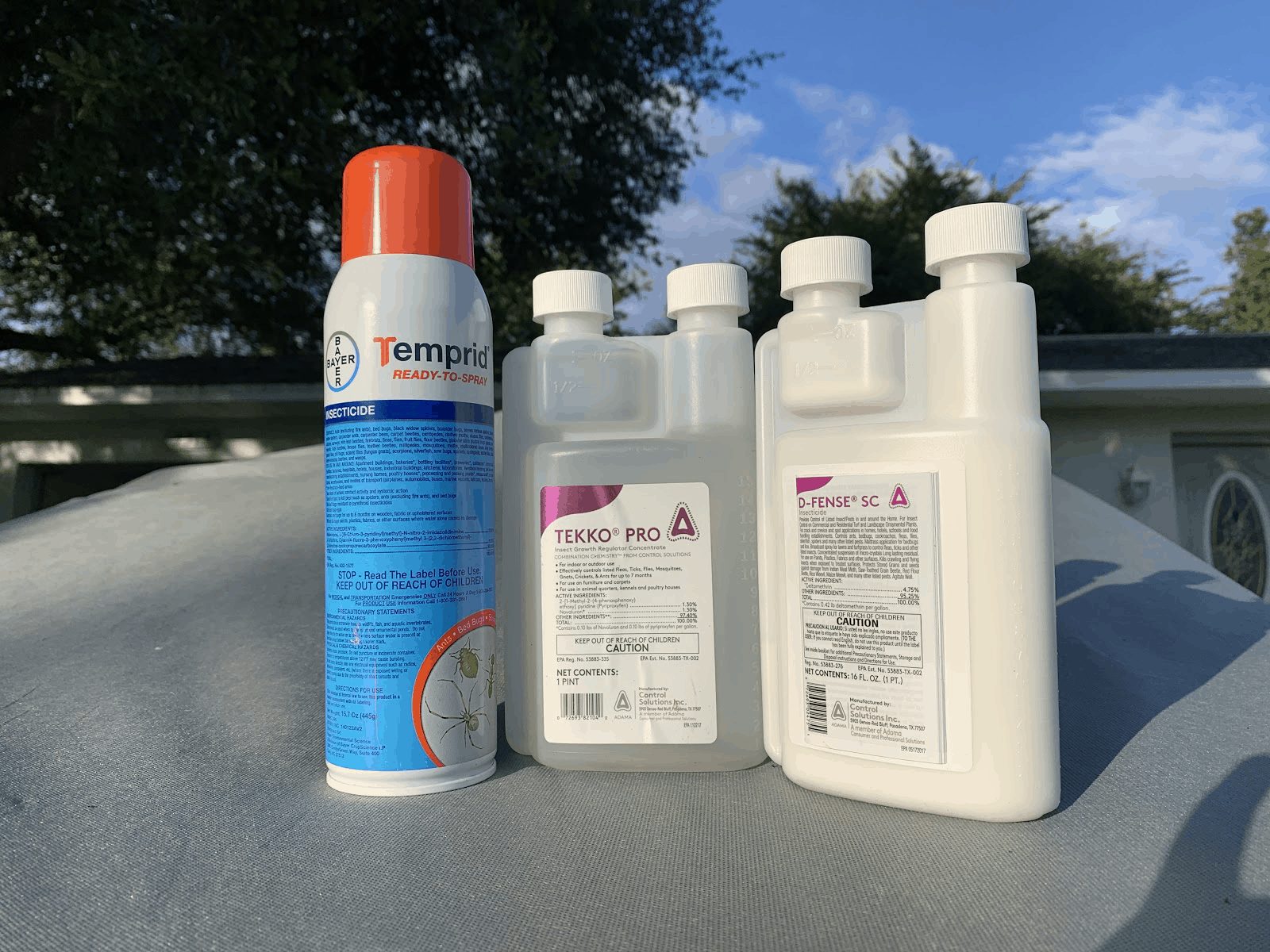
- Consider using a pesticide or insecticide to get rid of bugs in your grow tent. Always be sure to read the directions and follow the safety precautions on the label when using these products.
- Neem oil is a natural pesticide that can be used to eliminate bugs in your grow tent. Be sure to follow the directions on the label and to wear protective clothing.
- Pyrethrin is another natural pesticide that can be used to get rid of bugs in your grow tent. Make sure to apply the product according to the instructions on the label.
- Diatomaceous earth is an effective, natural pest control product that can be used to get rid of bugs in your grow tent. Be sure to wear a dust mask when applying it.
Spraying the Tent

I recommend using a residual insecticide spray for the tent. It should be applied to all surfaces, including the floor, walls, and ceiling. Furthermore, the tent should be sprayed from the outside and inside, including any cracks or crevices. The insecticide should also be applied to any electrical components, such as fans and lights. Following the product’s instructions, allow the tent to dry before re-entering.
| Type | Product |
|---|---|
| Residual Insecticide Spray | Bifen IT |
Fogging the Tent
Fogging the tent is an effective way to get rid of bugs in grow tents. It involves using a fogging machine, or a thermal fogger, to fill the tent with a fine mist. This mist will kill any bugs that are present in the tent. When using this method, it is important to ensure that the fog is evenly distributed throughout the tent. This can be done by using a fan to circulate the mist, or by spraying the mist upwards and allowing it to fall back down.
Once the tent has been fogged, it is important to leave it closed for a few hours. This will allow the mist to settle and the bugs to die. After a few hours, the tent can be opened and the dead bugs can be removed.
| Method | Pros | Cons |
|---|---|---|
| Fogging the Tent | Effective way to get rid of bugs in grow tents; Can be done quickly | Can be expensive; Requires a fogging machine |
Disposal of Infected Plants
It is important to dispose of any infected plants to prevent further infestation. If the plant is too far gone, it should be discarded immediately. It is also important to inspect all other plants in the grow tent to ensure that the infestation has not spread.
| Method | Description |
|---|---|
| Compost | Infected plants can be placed in a compost bin. This will ensure that the insects will not spread to other plants. |
| Garbage | Infected plants can also be placed in the garbage. This is the least preferable option, as the insects may still spread to other plants. |
| Burning | Infected plants can also be burned or buried. This is the most reliable way to ensure the insects are destroyed. |
It is important to thoroughly clean the grow tent and all equipment after disposing of the infected plants. All surfaces should be sanitized, and any debris should be removed. This will help to ensure that the insects do not return.
Frequently Asked Questions
What are the most common bugs found in grow tents?
Common pests found in grow tents include aphids, spider mites, fungus gnats, whiteflies, thrips, and mealybugs. These pests can be controlled by regularly inspecting the plants and eliminating any potential breeding sites. Pruning infected areas and vacuuming the tent regularly will also help to reduce the number of pests. Natural predators such as ladybugs and predatory mites can also be used to help keep the pest population under control.
How Can I Prevent Bugs from Entering My Grow Tent?
Seal all entrances, cracks, and crevices around the grow tent to prevent bugs from entering. Use caulk or door sweeps for any openings in the tent. Additionally, check for any drains or vents and use weather stripping to cover them. Keep the tent free of any debris, especially organic material, which can attract bugs. Regularly inspect plants for bugs and remove any that may be present. Lastly, keep the tent clean and free of any standing water which can be a breeding ground for bugs.
What Methods Can I Use to Get Rid of Bugs in My Grow Tent?
To get rid of bugs in your grow tent, start by removing any dead leaves or plants that may be harboring the pests. Then, vacuum the tent to remove any bugs and eggs. The next step is to use a pesticide or an insecticidal spray that is specifically designed for use in grow tents. You can also use sticky traps to capture any bugs that may be lurking in the tent. Finally, you can introduce beneficial insects, such as ladybugs, which will help to keep your tent free of pests.
How can I keep bugs out of my grow room?
The first step to keeping bugs out of your grow room is to practice good hygiene. Keep the area clean and free of debris, use screens on windows and doors, and regularly vacuum and sweep the area. Additionally, you should use sticky traps to catch any bugs that may be inside. You can also place diatomaceous earth around the perimeter of your grow room to repel many types of bugs. Finally, use natural sprays or essential oils around the perimeter of your room to help ward off pests.
Are there any natural remedies to get rid of bugs in the grow tent?
Yes, there are natural remedies that can be used to get rid of bugs in the grow tent. Commonly used natural remedies include neem oil, diatomaceous earth, essential oils, and natural insecticidal soaps. Neem oil is a natural insect repellent that can be used to prevent and kill a variety of insects. Diatomaceous earth is a natural powder made up of fossilized diatoms which can be used to physically kill insects. Essential oils such as peppermint oil and lavender oil are natural insect repellents. Natural insecticidal soaps are made out of plant oils and can be used to kill insects on contact.
Conclusion
I hope this article will help you keep your grow tent free of bugs, so that your plants can be healthy and safe. Prevention is key when it comes to dealing with bugs, so make sure you inspect your plants regularly and address any issues as soon as they arise. You should also keep the tent clean and tidy, and use the right products to help keep the bugs away. With some basic preventative measures, you can keep your plants safe and healthy.
